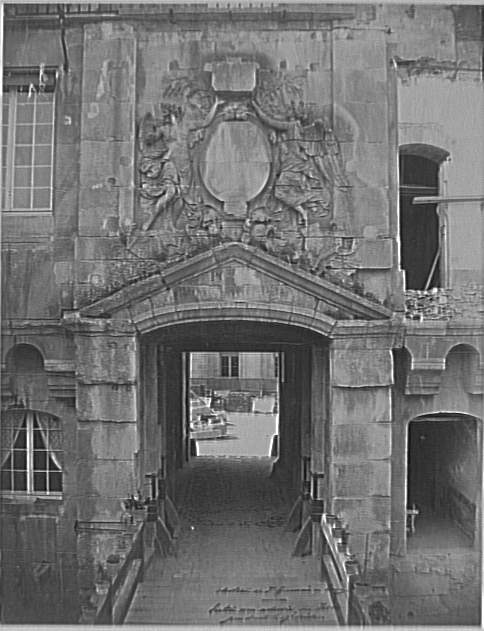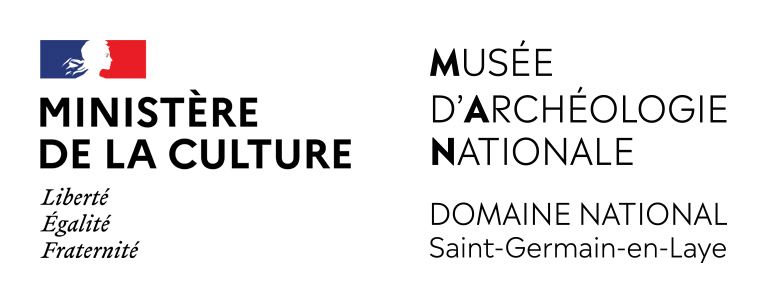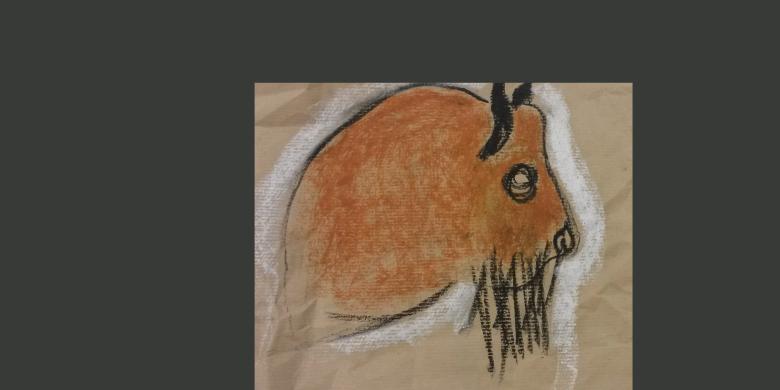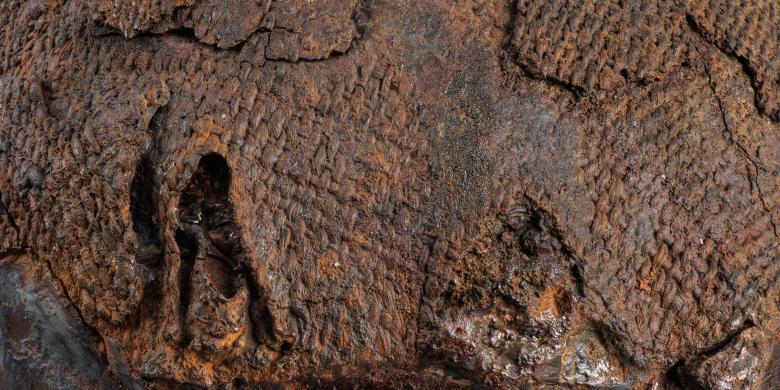In 1689, Louis XIV offered the château as a refuge for his cousin James Stuart, the exiled king of England and his family. The Jacobites would live there until 1793.
During the French Revolution, it was used as a prison for those suspected of harbouring anti-revolutionary sympathies. Then, the château became, in turn, a hospital for contagious diseases, a training school for cavalry officers under Napoleon I, a military barracks, and finally, under Louis Philippe, a military prison.
In 1862, Napoleon III decided to install the “Museum for Celtic and Gallo-Roman Antiquities” at the Château. He assigned the restoration of this dilapidated monument to Eugene Millet, a pupil of Viollet-le-Duc. Today, the former rooms of the château have been transformed into galleries (the original furnishings have gone) displaying some of the world’s richest archaeological collections.
The château’s inner courtyard, restored by Bernard Voinchet, the head architect, is one of the most beautiful Renaissance courtyards that can still be seen today. Guided tours on the history of the château are organised for both individual visitors and groups.



